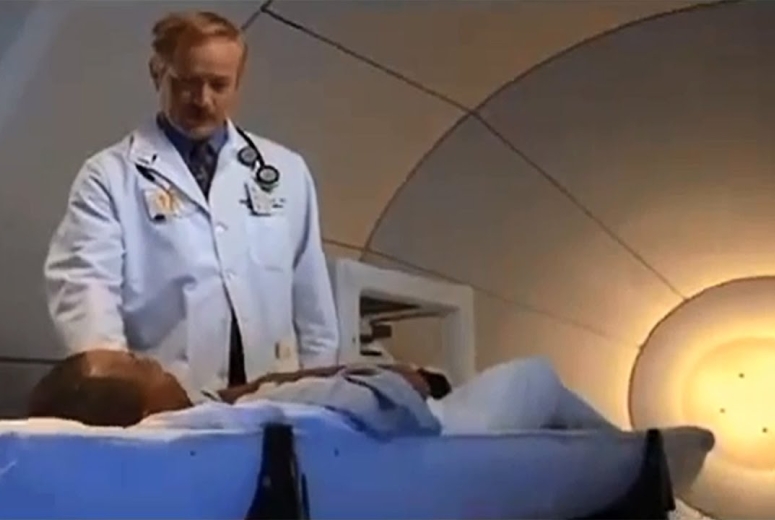The first proposal to use high-energy protons for medical treatment was in 1946. Less than 10 years later, proton treatment began for patients with certain cancers. Research and laboratory applications increased rapidly within the next 30 years. However, it was not until the James M. Slater, MD Proton Therapy and Research Center became operational that the full benefits of proton therapy were available to cancer patients of all types.
Built by U.S. Department of Energy’s Fermi National Accelerator Laboratory (Fermilab) physicists and engineers, LLUMC’s accelerator is the world's smallest variable-energy proton synchrotron. Its design delivers a beam of energy sufficient to reach the deepest tumors in patients. Proton radiation treatment is notably valuable for treating localized, isolated, solid tumors that may spread to other areas of the body.

